A healthy and effective work environment is built on the foundation of workplace safety. Employee welfare is required by law and is a moral duty. Workplace Safety Regulations protect workers from risks and guarantee that businesses offer a safe, healthy environment that promotes maximum productivity. This blog explores the importance of workplace safety laws and how they affect firms and employees.
You can apply for Workplace Injury Compensation if you get any workplace injury. Core Medical Center can help you to make Workplace Accident Claims by doing the paperwork. Our medical team will also help you by providing you with primary care.
Let’s discuss workplace safety regulations more:-
- Legal Framework and Compliance
- Employee Well-Being
- Accident Prevention
- Enhanced Productivity
- Risk Management
- Employee Empowerment and Training
- Legal and Financial Consequences
- Positive Organizational Image
Legal Framework and Compliance:
Governmental agencies frequently implement workplace safety laws to provide a legal framework that controls businesses’ safety procedures. It is both legally required and morally required to abide by these regulations. If these guidelines are not followed, there may be serious repercussions, such as fines, legal action, and harm to the organization’s reputation.
Employee Well-Being:
Protecting employees’ well-being is the main goal of workplace safety rules. These laws address various topics, including general workplace wellness, mental health, and physical safety. Creating a secure and healthy work environment promotes employee retention, engagement, and happiness, supporting a positive company culture.
Accident Prevention:
Workplace Safety Regulations are essential for preventing accidents. Organizations can considerably decrease the risk of accidents and injuries by recognizing possible dangers and implementing safety measures. It reduces the financial and operational toll workplace accidents take on the company and protects workers.
Enhanced Productivity:
A secure work environment fosters increased productivity. Employees can be mindful of their work without worrying about safety when they feel comfortable and confident in their working environment. This improved sense of security boosts output and efficiency, which eventually helps the company’s bottom line.
Risk Management:
Workplace safety rules emphasize proactive risk management. Organizations must evaluate hazards, create safety procedures, and offer employee training. This strategy lessens the possibility of mishaps while also putting the company in a position to handle crises and lessen the impact of catastrophes when they do happen.
Employee Empowerment and Training:
Employees must participate in continual training programs to comply with workplace safety standards. These courses equip employees with the information and abilities to recognize and manage possible risks. Well-informed and trained employees are more likely to actively preserve a safe workplace and foster a safety culture.
Legal and Financial Consequences:
Workplace safety rules emphasize proactive risk management. Organizations must evaluate hazards, create safety procedures, and offer employee training. This strategy lessens the possibility of mishaps while also putting the company in a position to handle crises and lessen the impact of catastrophes when they do happen.
Positive Organizational Image:
Employees must participate in continual training programs to comply with workplace safety standards. These courses equip employees with the information and abilities to recognize and manage possible risks. Well-informed and trained employeesare more likely to take the initiative in preserving a safe workplace, fostering a culture of safety inside the company.
Conclusion
Rules about workplace safety are essential to a productive and healthy work environment. Organizations that prioritize employee well-being not only adhere to regulatory obligations but also cultivate a culture of safety that promotes engagement, productivity, and overall success. Adopting workplace safety is a strategic investment in the building blocks of a robust and successful company, not just a legal need. You can apply for Workplace Injury Compensation if you get any workplace injury. Core Medical Center can assist you in making Workplace Accident Claims by doing the paperwork.

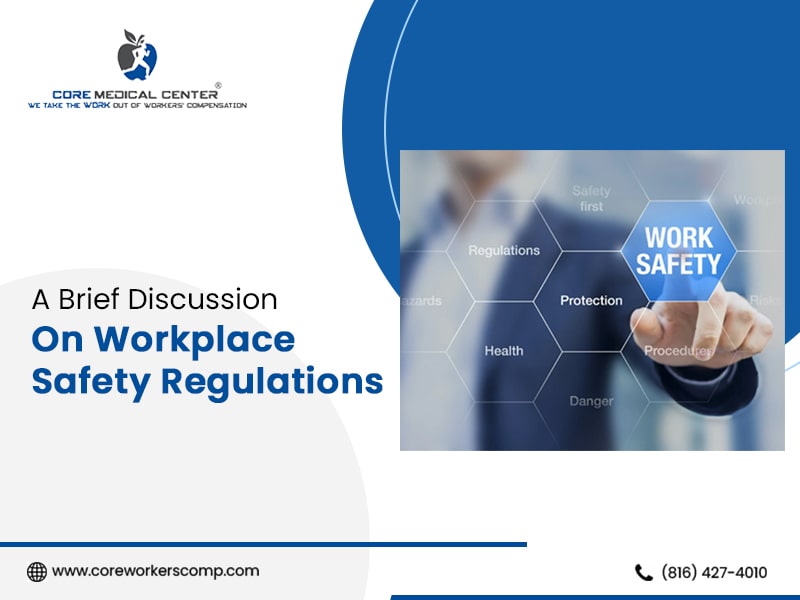
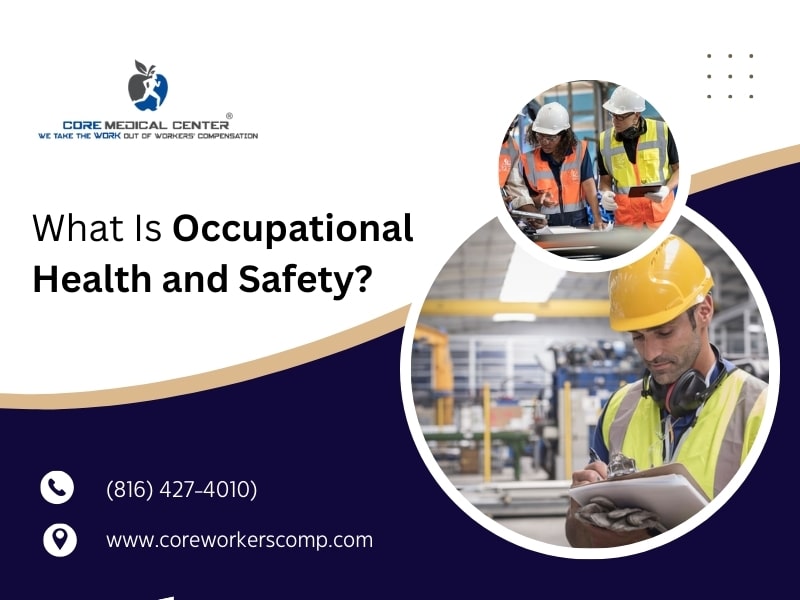
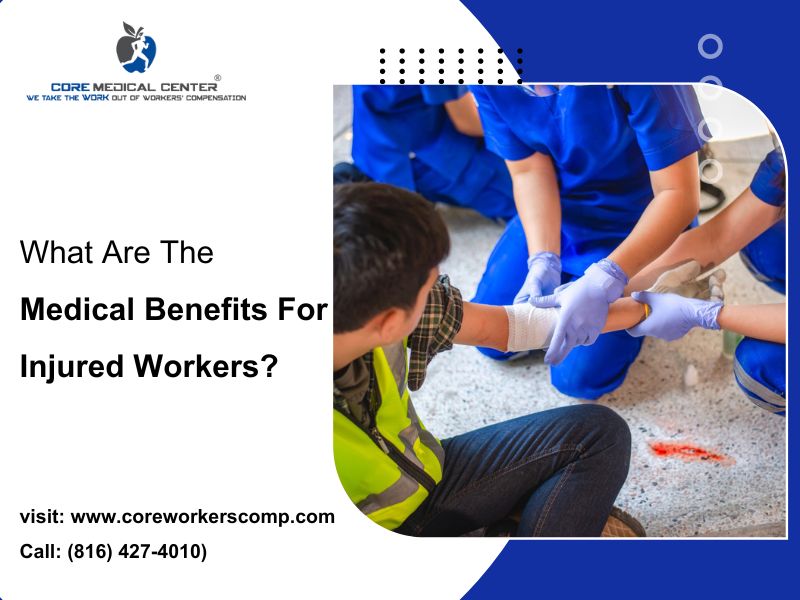
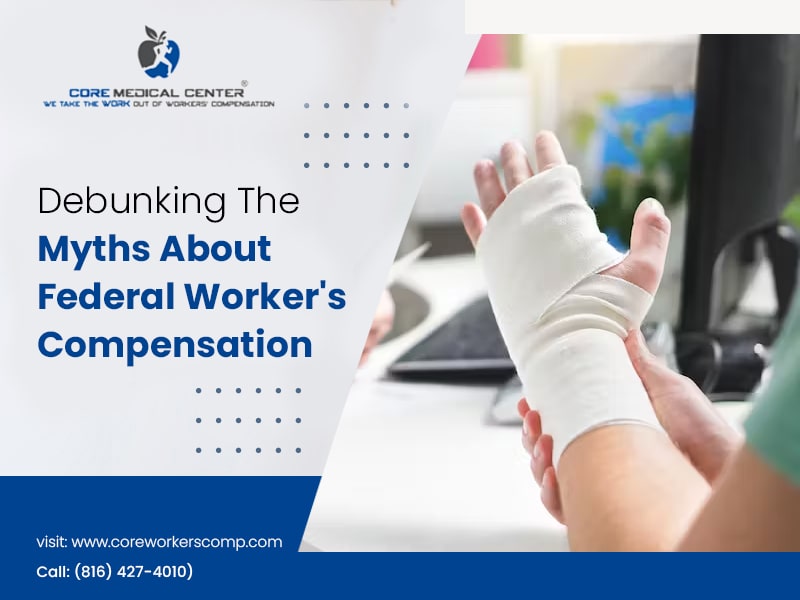
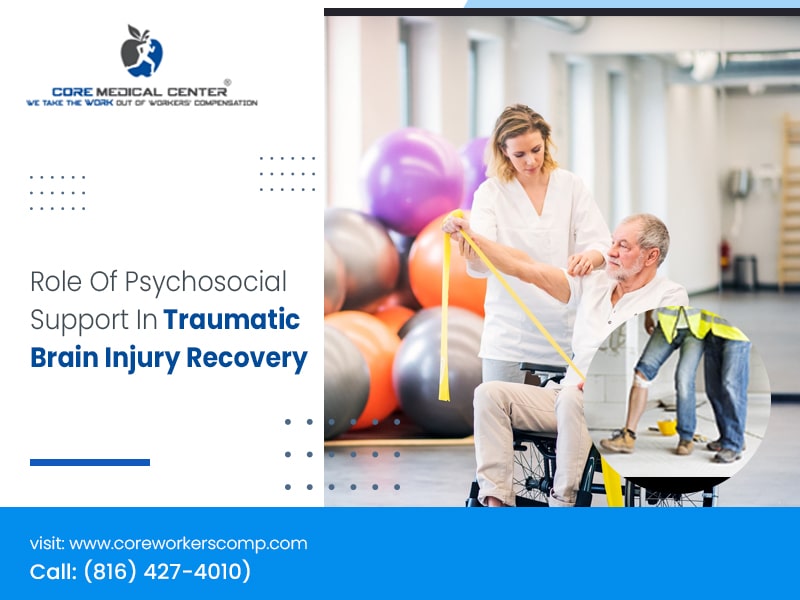
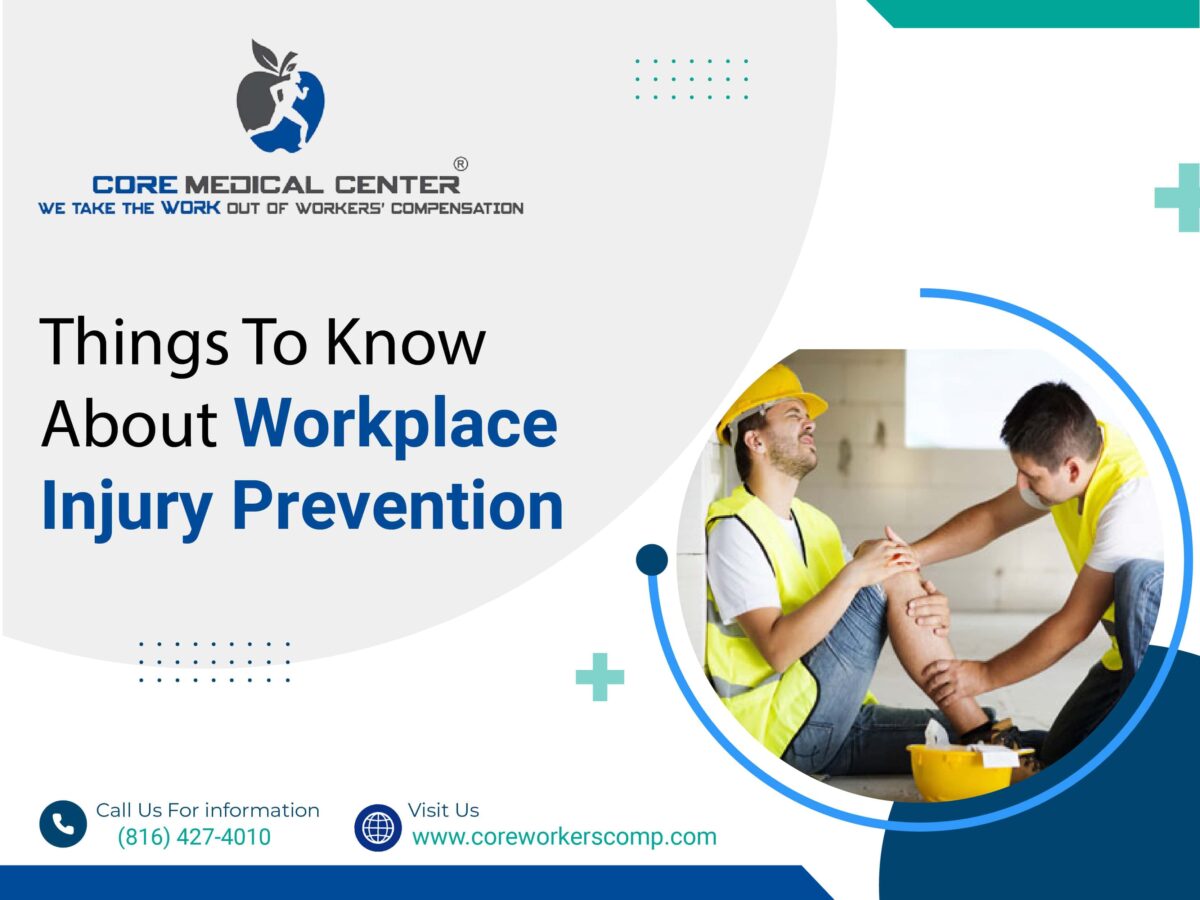
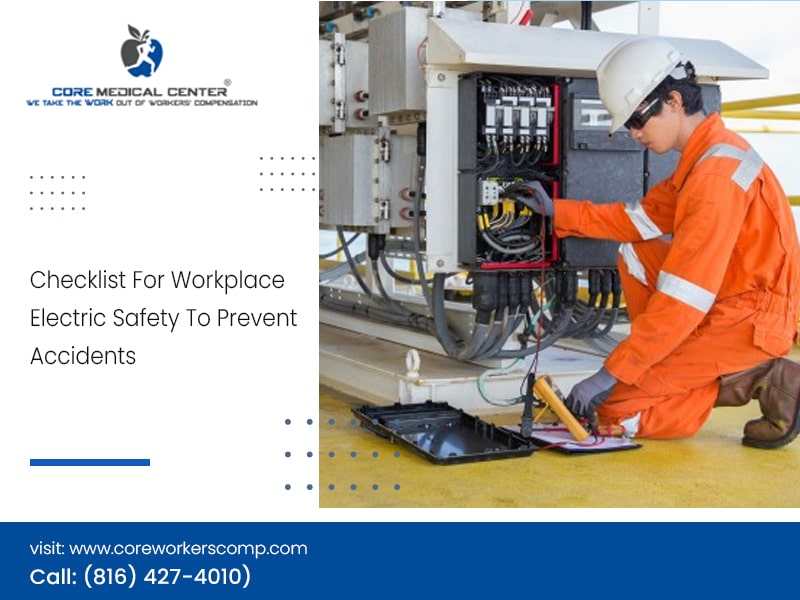
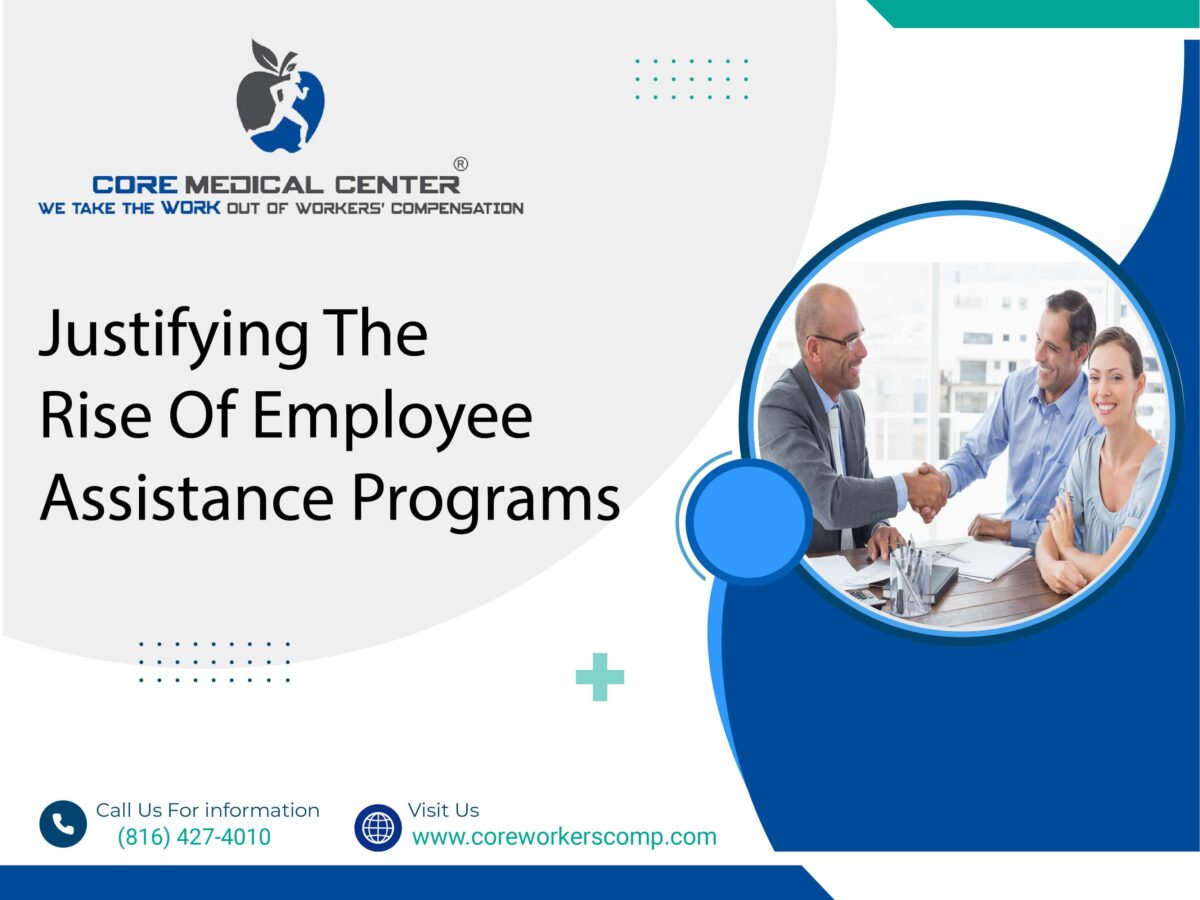
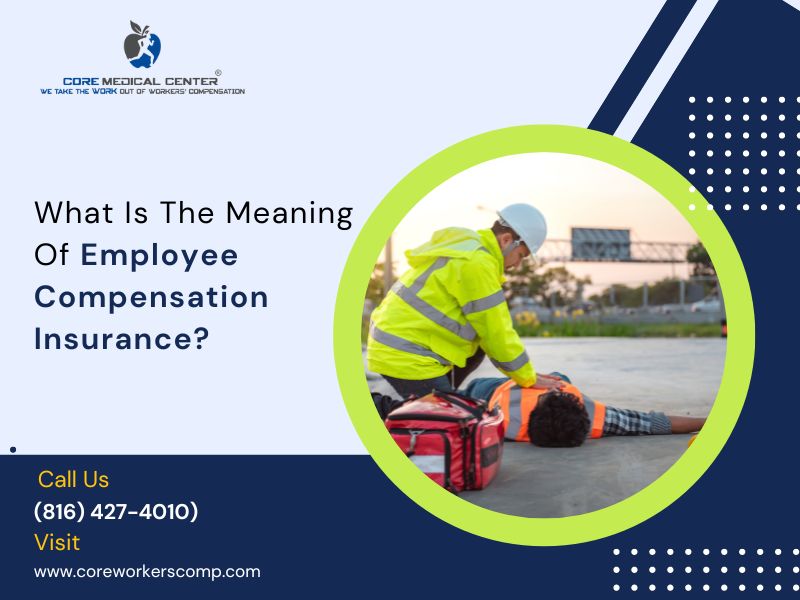
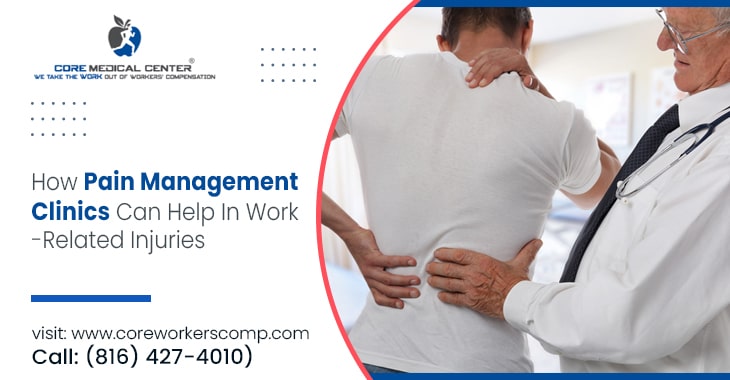
Recent Comments